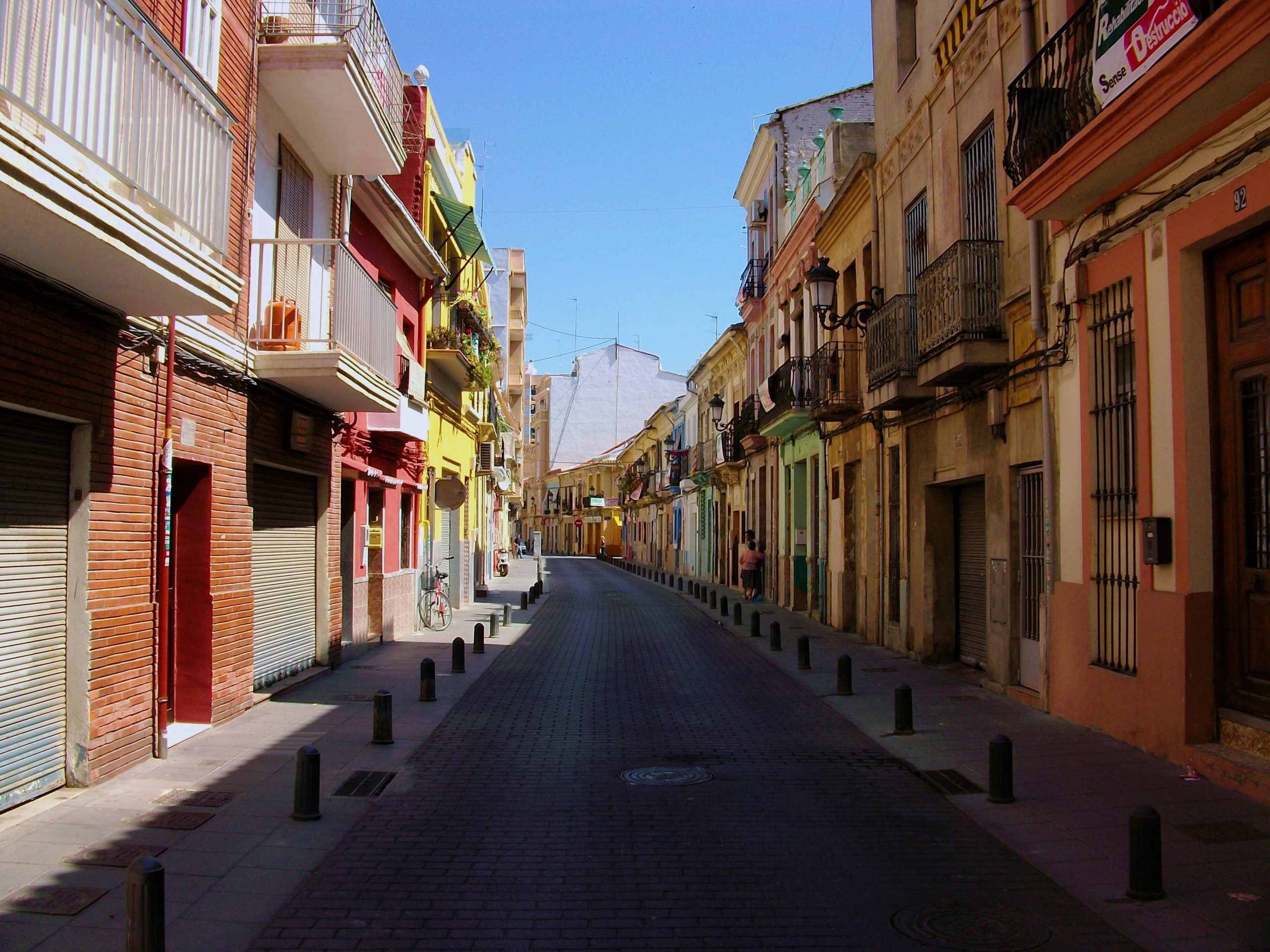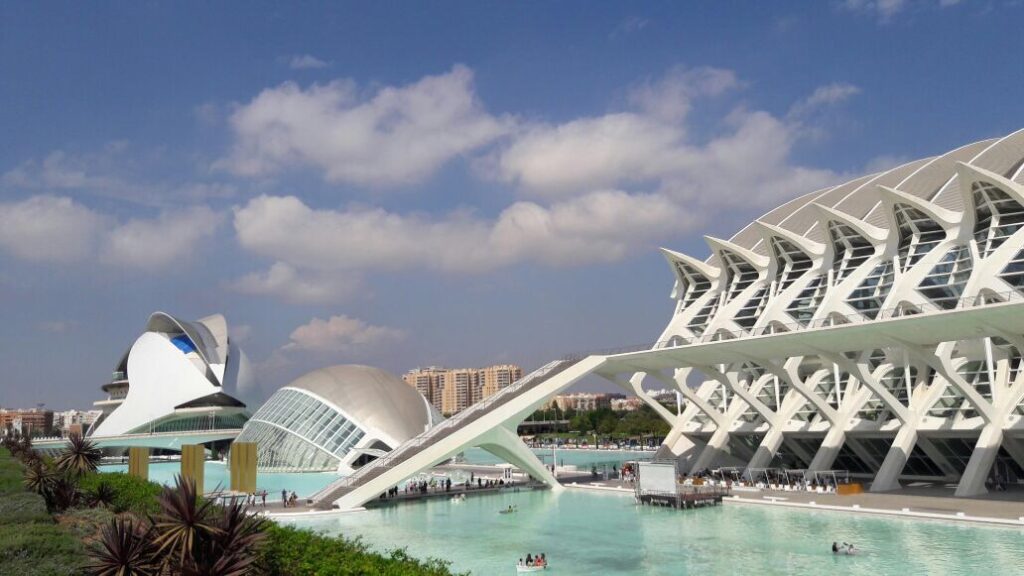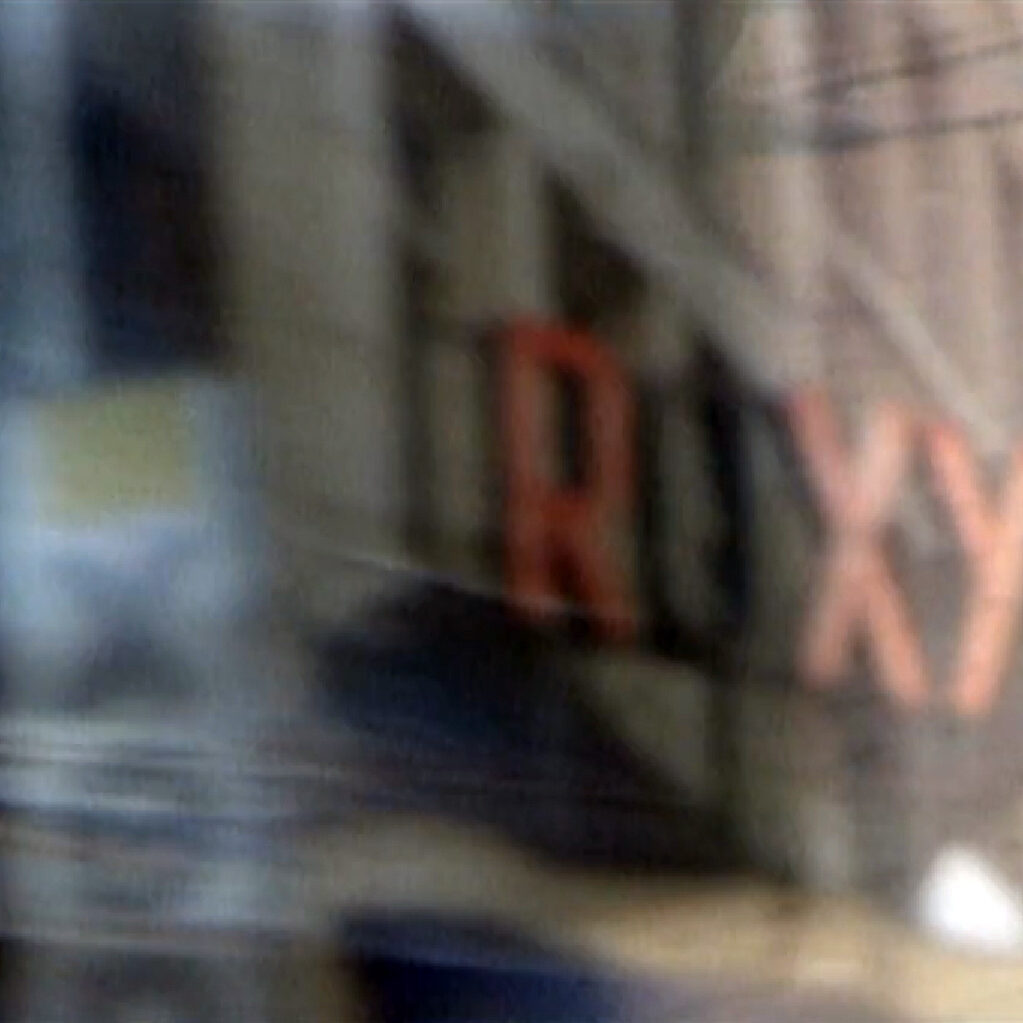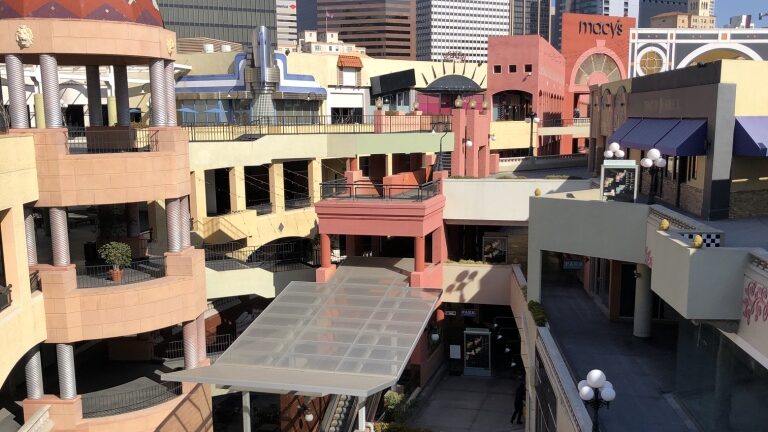
Valencia’s mayor Rita Barbera had a hold over the city’s urban development for almost a quarter of a century, her rise and fall tells us a lot about the changing nature of Spanish urban development.
Billboard
Skyscrapper
Halfpage
Valencia’s mayor Rita Barbera had a hold over the city’s urban development for almost a quarter of a century, her rise and fall tells us a lot about the changing nature of Spanish urban development.
Rita Barbera was mayor of Valencia for almost 25 years. First elected as the conservative People’s Party candidate in 1991, her time in power was marked by a concerted attempt to turn Valencia into a world city to rival its nearby neighbour Barcelona.
To that end, her tenure saw the introduction of an impressive complex of cultural buildings designed by native son Santiago Calatrava, as well as a host of other showcase projects and events. But despite these contributions, her legacy is forever tarnished by her administration’s attempt to flatten the el Cabanyal neighbourhood and a series of corruption scandals.
Aside from being quite an interesting snapshot of the shifting nature of Spain’s political scene, Barbera’s rise and fall tells us quite a bit about Spanish urban development in the past few decades.
Calatrava’s City of Arts and Sciences
Let’s start with Calatrava’s City of Arts and Sciences, which is located at the seaside end of the Jardín del Turia, a long, thin park formed by the diversion of the River Turia in the 1960s. Incorporating an 1,800-seat opera house, a planetarium, a science museum, and an arboretum, the complex is designed in Calatrava’s signature Gaudi-influenced organic-cum-skeletal style. Figuring prominently on the Valencia skyline, the buildings help bring a fair amount of money and jobs to the city’s economy. And yet it’s impossible not to judge them against the massive cost overruns: the project ended up costing billions, and it’s alleged that Calatrava himself pocketed around €100m of this.
Icon- and starchitect-driven urban policy
In this, the City of Arts and Sciences joins a host of projects in other Spanish cities that have been condemned for their excess, including the City of Culture in Galicia, which ended up costing four times the original budget, and the Richard Rogers renovation of the Las Arenas Bullring in Barcelona, an ambitious project which faced several delays after the global financial crisis hit.
Prior to the crisis, this icon- and starchitect-driven urban policy had been ubiquitous in Spain. It began in the early 1990s, when a series international architects were involved in various projects attached to the 1992 Barcelona Olympics. This was followed by the construction in 1997 of the Bilbao Guggenheim by Frank Gehry, whose success gave its name to the “Bilbao Effect”, a spurious theory that an iconic cultural building can help kickstart the economy of an ailing city.
Barbera was evidently a big proponent of this strategy, since, aside from Calatrava’s contribution, Norman Foster was brought in to design a Congress Centre and David Chipperfield a pavilion for the Americas Cup yacht competition. On that note, along with the Americas Cup, she also brought the European Grand Prix to Valencia.
Saving el Cabanyal
Such a casual embrace of yachts, racing cars and the international jet set class they bring with them suggests that her sights were actually set more on emulating Monaco or Dubai than Barcelona. The problem with this approach should be self-evident: Valencia isn’t a city of the elite, a fact which became all too apparent when, in the late 1990s, Barbera’s administration sought to extend the Avenida Blasco Ibáñez to the sea, necessitating the destruction of over 1,600 dwellings in the historic yet dilapidated el Cabanyal neighbourhood.
What followed was a protracted war between the administration and Salvem el Cabanyal an organisation of activists and residents committed to saving the neighbourhood. This war spanned three decades and only concluded in 2015, when Barbera’s People’s Party were finally forced out of power by a left-wing coalition in the regional and city council elections. In that time, however, the government’s single-minded pursuit of their plans had turned the neighbourhood into a shell of its former self, with several hundred dwellings demolished and many more now empty after residents left or were forcibly evicted.
Corruption accusations against Rita Barbera
This isn’t the end of the story. The following year Barbera was implicated in Operation Taula, which saw 24 local officials, including several members of her team, indicted for money laundering and corruption. Barbera herself was immune from prosecution due to having been made a senator by her party the year before, but she was eventually forced to testify in front of the Tribunal Supremo (the Spanish supreme court). Before she could face trial, however, she died of a heart attack.
Rita Barbera’s Valencia: Playground for the rich
Just as her rise traced the fortunes of Spain’s icon-driven urban policy, so Barbera’s downfall marked the end of an era of local and national politics driven by property speculation and profit. While this model still staggers on, its perhaps safe to say the Spanish people no longer face a political elite so confident that they’d try to destroy an entire neighbourhood or turn a major city into a playground for the rich.
Medium Rectangle
Halfpage














